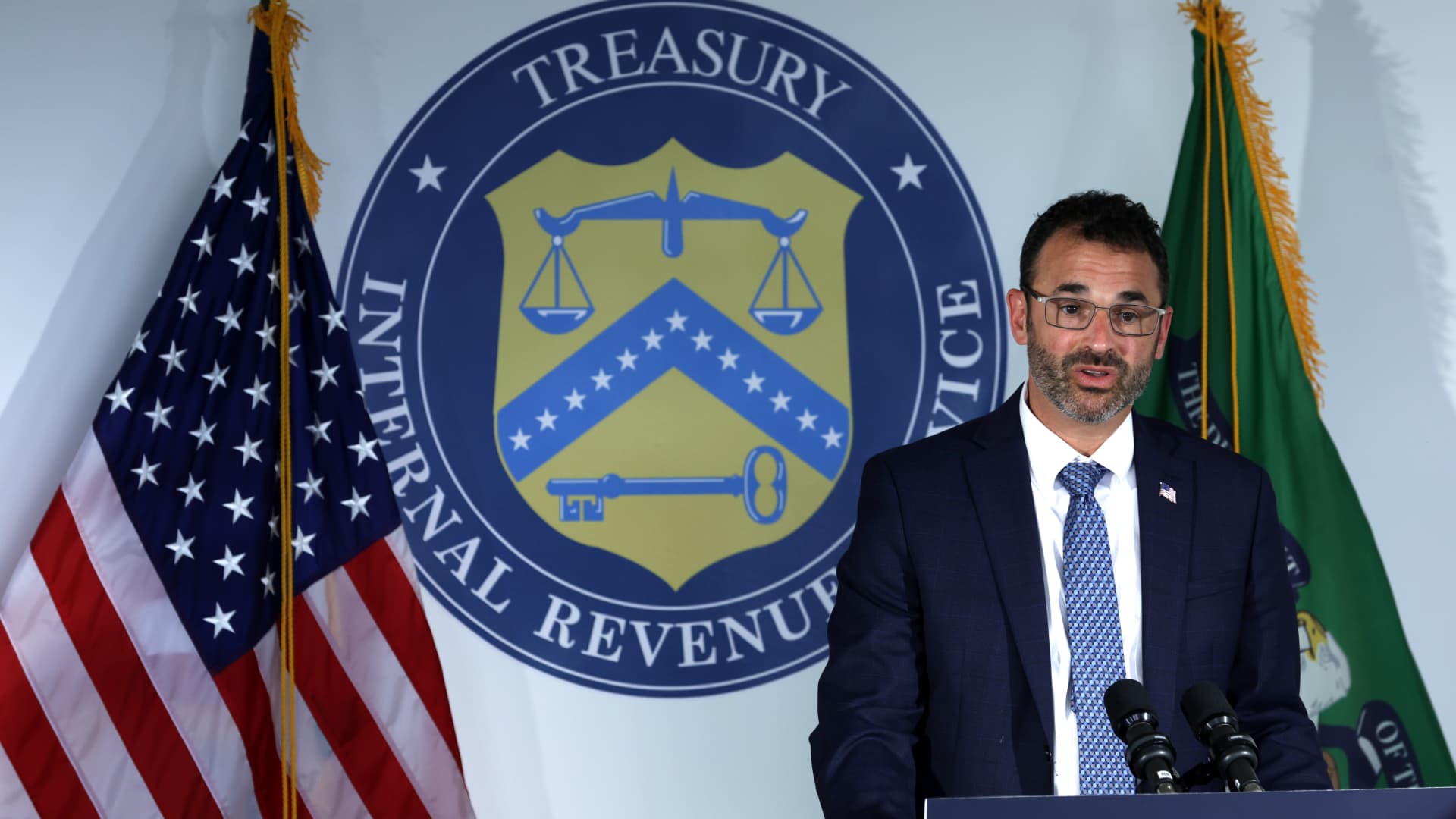
The IRS is advising over 20,000 taxpayers that their claims for the employee retention credit are being disallowed because entities either did not exist or did not have paid employees during the period of eligibility for the pandemic-era credit.
An initial review this fall showed that a large group of taxpayers did not meet these basic criteria for the ERC, the IRS said in a news release Wednesday. These employers will begin receiving copies of Letter 105 C, Claim Disallowed, this week.
The IRS will send more disallowance letters and letters seeking the return of money erroneously claimed and received, IRS Commissioner Danny Werfel said.
“With the aggressive marketing we saw with this credit, it’s not surprising that we’re seeing claims that clearly fall outside of the legal requirements,” he said.
Taxpayers who disagree with the disallowance can provide documentation supporting their claim or can file an administrative appeal, the IRS said.
The letters are one part of a wide-ranging IRS campaign to curb ERC abuse that the Service blames on misleading marketing campaigns. In September, the IRS announced a moratorium on processing new claims, effective through at least the end of 2023. At that time, the IRS had received 3.6 million ERC claims, and of the 600,000 (15%) then unprocessed by the IRS, virtually all were filed in the 90 days prior to the moratorium, Werfel said.
At that time, the Service had paid $230 billion in ERC claims.
The IRS followed the moratorium with the announcement of a method for employers concerned about the legitimacy of their claim to withdraw the claim and avoid future repayment, interest, and penalties.
The IRS said Wednesday that later this month it will unveil a voluntary disclosure program allowing those who received questionable payments to come in and avoid future IRS action.
“As we continue our audit and criminal investigation work involving the employee retention credits, we continue to urge people who submitted a claim to review the rules with a trusted tax professional,” Werfel said. “If they filed an inaccurate claim, we urge them to consider withdrawing their pending claim or use the upcoming disclosure program to repay improper refunds to avoid future action.”
The ERC was designed for certain businesses to continue paying employees during the COVID-19 pandemic while their operations were either fully or partially suspended due to a government order or had a significant decline in gross receipts during the eligibility periods. It was generally available to eligible businesses from March 31, 2020, to Sept. 30, 2021, and to Dec. 31, 2021, for recovery startup businesses.
AICPA advocacy
The AICPA has provided ERC resources and information to members so they can warn clients of red flags that could indicate that a vendor is dishonest and discourage dealings with ERC mills. Among the warning signs, businesses should be wary of vendors that require large, upfront contingency fees and those who fail to sign the amended payroll tax returns.
In addition, the IRS has set up ERC frequently asked questions and the ERC Eligibility Checklist, which is available as an interactive tool or printable guide.


